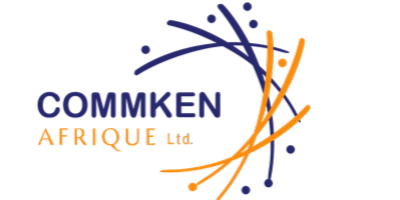Have you had your Covid-19 vaccine yet? If not, why are you hesitant about it? Apathy to the vaccine remains an ongoing challenge to the nation’s efforts in combating Covid-19. The first thing that pops up on our phones nowadays are notifications broadcasting on the latest Covid-19 case count.
This therefore shows that there has been a failure when it comes to communication of the risks, to the public. A lot of admiration can however be accorded to everyone trying to get the word out there to as many people who are willing to listen. And of course, people do listen- just not enough people. So, if you are wondering how to break the miscommunication barrier, then you are on the right page.
Research done shows that most people choose the ‘wait and see’ approach to the vaccine while others say they will take it only if required. Others say that they won’t take the vaccine altogether. While others want the COVID-19 vaccine, many want them now. Hospitals and other health care facilities have been receiving high volumes of requests inquiring about the vaccines, and seeking guidance on its benefits, risks and where to find them. Misinformation is taking a toll. The hesitancy around the vaccine and a large percentage still eschewing basic safety measures, clearly hinders the nation’s COVID-19 pandemic recovery.
These factors create an opportunity for healthcare facilities and providers to serve the public with the right communication strategy. It is a great time to educate their communities, build their brands and help in support of the common good. A communication plan allows you to deliver important information to the public more effectively. A good plan should be easy to understand and accessible to patients and other stakeholders.
To effectively communicate on the COVID-19 vaccine, you will need to identify with your audience. This will ensure that people will trust what you have to say. You will need to be and stay empathetic ensuring that you provide reliable and sure information altogether. This will also mean having to craft your message in the most eligible way. Trying to find empathy on how people are feeling, would help. The message should then be based on the fatigue around the pandemic, the desperation for normalcy and the sickening pandemic life.
To reach a wide group of people, you should ensure that you have a trusted group of people to be on the ground. This means having reliable people who can respond to queries and are well versed with the vaccine terms and effects. This will boost the credibility of COVID -19 vaccine messaging and avoid false claims around it. A well-versed team is critical as it manifests in both the strategic communication efforts and community engagements.
This will in turn help when crafting the message that the vaccine will be of help in slowly getting back to normalcy. After crafting your message, you will need to identify the best channels to deliver the information. Some of the major channels to currently use are social media channels, websites, patient portals and in-person brochures. Tailoring messages to specific audience is also needed to reflect the audience’s specific concerns and motivations. This is making language jargon-free.
Another important factor to consider will be meeting people where they are. Instead of focusing your resources on persuading everyone to accept the COVID-19 vaccine, it is easier to reach out to only those willing to learn and are hesitant or skeptical. Try to emphasize on the pivotal concerns about the COVID-19 risks.
To conclude, you will need to leverage on trusted vaccine endorsers. Immunization of well known and celebrated community champions allows the people to get confidence in the vaccine and want to get themselves vaccinated. Research shows that in many places, the COVID-19 impact is as harmful as it can be. We must ensure to spread the vaccine word as well as increase equitable access to vaccines.

